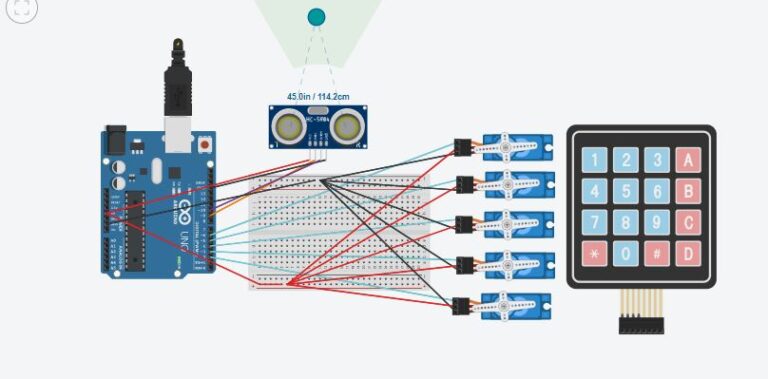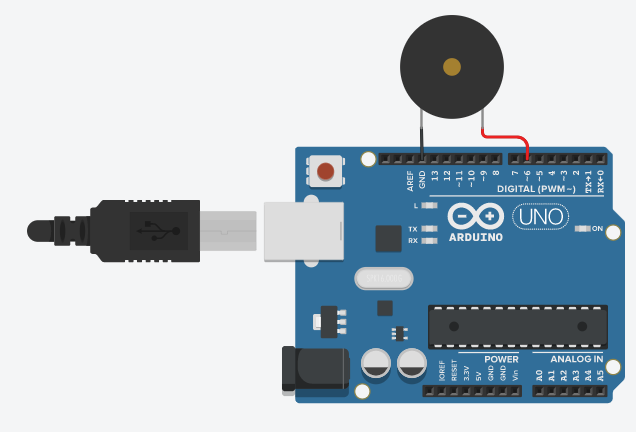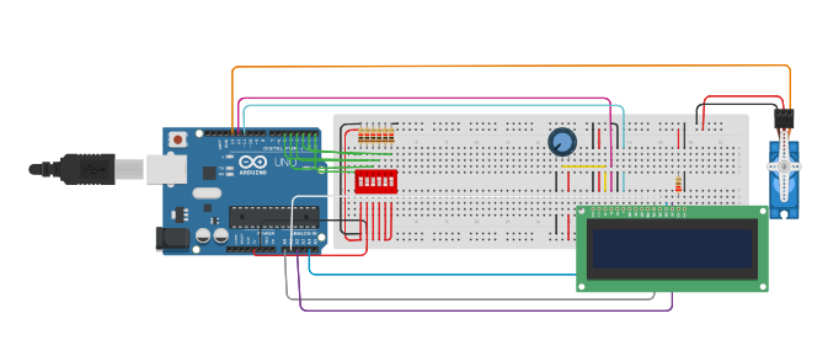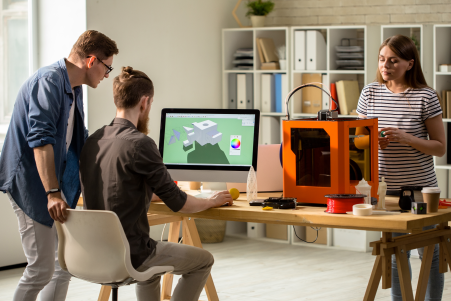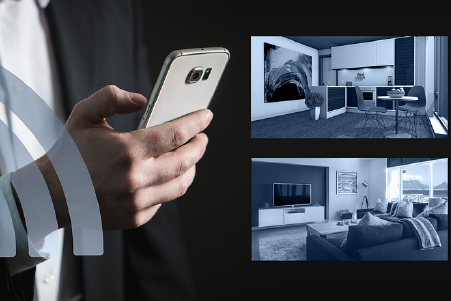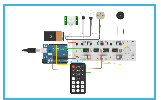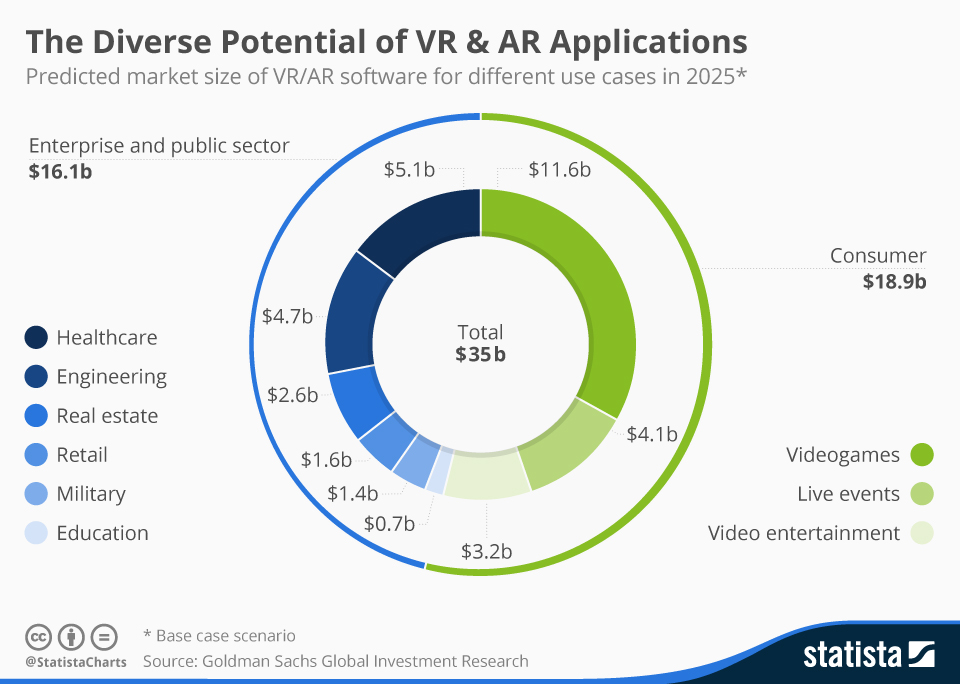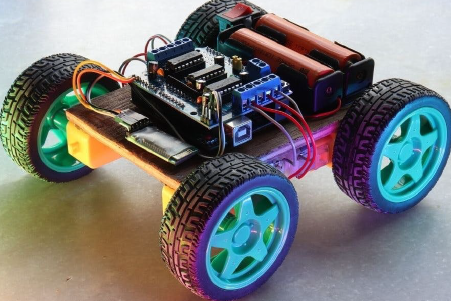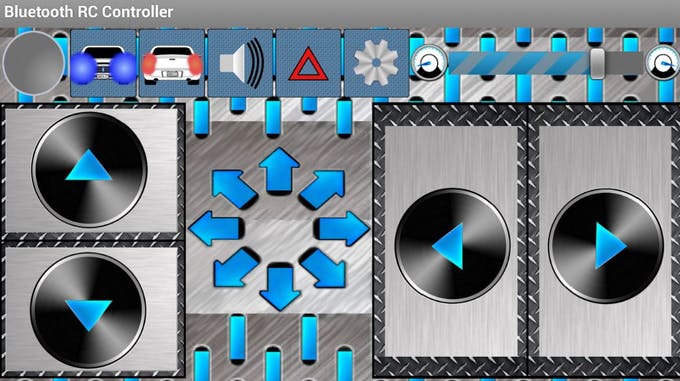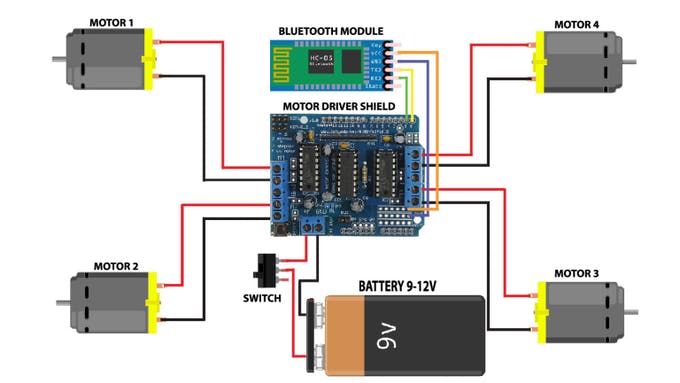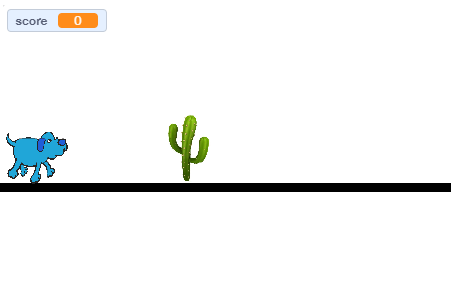Will there really be loss of jobs due to robotics & AI? a mythbuster
Will There Really be Loss of Jobs Due to Robotics & AI? a Mythbuster

Vikash Sharma | June 30, 2021
Jobs: A primary source of income for living for majority of the middle class people across the globe. Some are better paid, some are not so, but whatever it is and wherever it is, jobs are essential for the middle class unlike the upper or lower class who are mainly into businesses and agriculture respectively. The upper class have the Dollars and the lower class are often bailed out by government policies, but the middle class end up being trumped in the middle. So, what if inventions take away the primary source of income from the middle class who spend so much time, effort, money behind education just for the sake of securing a ‘good’ job? What if new machines eat away at the vacancies? This is the particular area of discussion for this particular topic.
We often hear a lot of discussions about whether Robotics and Artificial Intelligence will snatch away from us what is rightfully ours: our jobs. We hear a lot of arguments for and against this concept. However, if we think logically with our past experiences, we might be able to appreciate the fact that Robotics & AI and the whole of the Industry 4.0 are actually blessings. First of all, we must agree that they are here because they were necessary, otherwise they wouldn’t have been invented in the first place, would they?
Let us think about computers or smartphones. Did they actually take away our jobs or did they create more for us? The person who used to be a typist types on a computer now instead of a typewriter, a bank manager instead of maintaining bulky registers uses a computer to jot down all the essential info and if we think deeply, we will see a lot of examples of this type. Thus we can say that computers haven’t really taken jobs away, in fact new people have been hired by different tech companies for the maintenance of these machines. Think about the IT sector…a whole new sector is here today just because someone invented computers and make no mistake, IT companies are one of the biggest hopes the middle class engineering graduates have these days. Ask any IITs or NITs, software and IT giants are the backbones of mass recruitment there.
We can say the same thing about Robotics and AI. They are helping us have smart cities, they are making jobs safer and work more efficient. In addition to that, more and more people are being recruited for maintenance of these Robots, for operating these robots: think about the Da Vinci Surgical Robot…no matter how precise it is, a surgeon is still needed in the OT to operate the remote controls, think about a drone with AI, someone has to program that thing and maintain it. Yes, we might argue that the number of jobs needing unskilled labours might be going down but there will never be a scarcity of vacancies for a skilled personnel.
Will There Really be Loss of Jobs Due to Robotics & AI? a Mythbuster we can say that if all the jobs are being eaten up by robots or AI, then there will be a loss of buying power amongst the general public and the companies and recruiters will definitely not want that to happen. In that case, loss of jobs will eventually become loss of revenues for the companies, so no need to worry, people will be hired!
Mechatron Robotics is the pioneer & one of the top Institute for learning Coding, Robotics, IOT, Python, Electronics, Arduino, App Development




